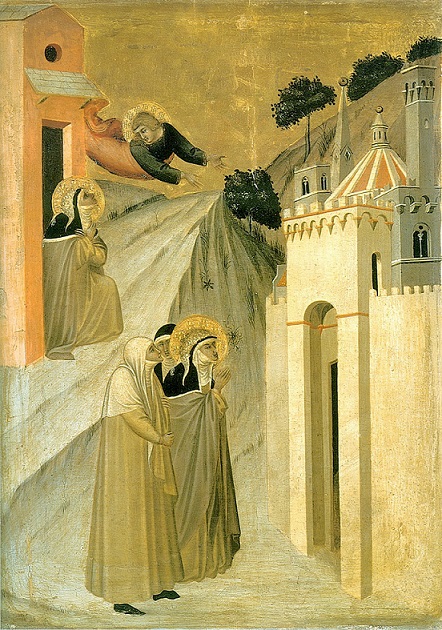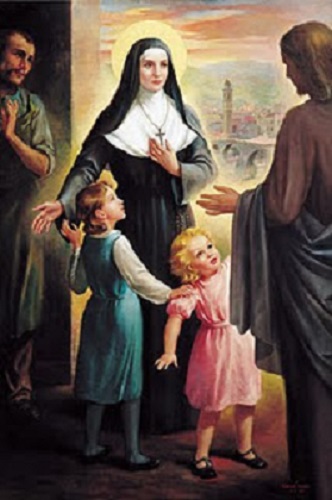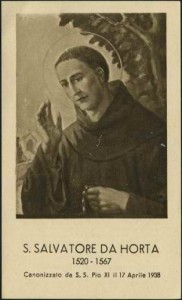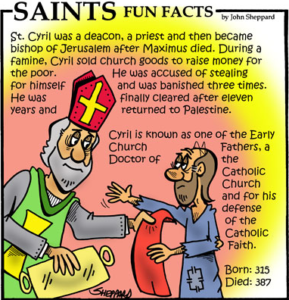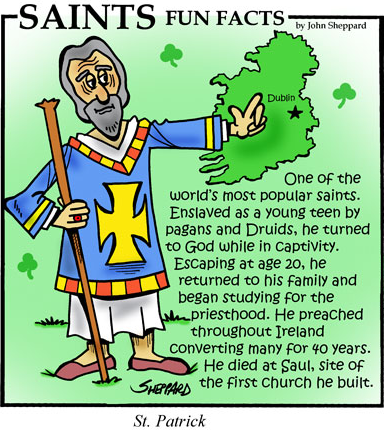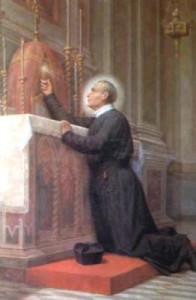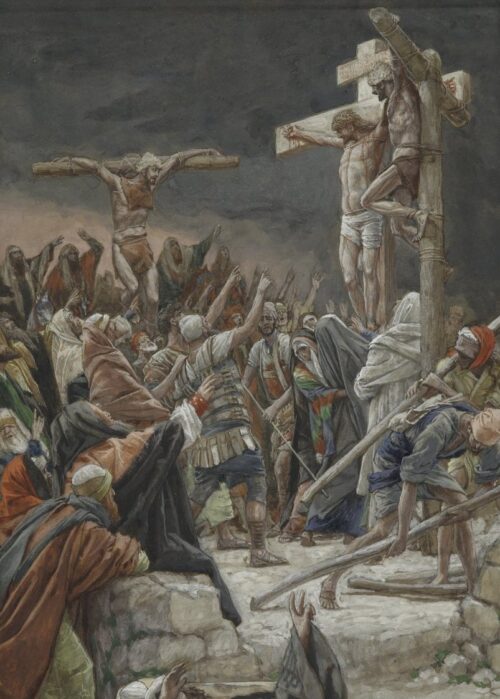 St. Dismiss, Penitent Thief, Canonized from the Cross
St. Dismiss, Penitent Thief, Canonized from the Cross
Image Courtesy: Memento Mori
(Catholic Online) Dismis is the Penitent Thief crucified with Christ Jesus at Calvary, the other thief Gestas, the most Holy Scriptures describes the exchange at Calvary between Jesus, Dismis and Gestas:
Two others also who were criminals (Dismis and Gestas) were led away to be put to death with Jesus. When they came to the place that is called ‘The Skull’ they crucified Jesus there with the criminals, one on the right and one on His left. Then Jesus said, “Father, forgive them, for they do not know what they are doing.” Then they (soldiers) cast lots to divide His clothing and the people stood by watching, the leaders scoffed at Him saying, ‘He saved others, let Him save Himself if He is the Messiah of God, His chosen One.’ The soldiers also mocked Him, coming up and offering Jesus sour wine and saying, ‘If You are the King of the Jews, save yourself!’ There was also an inscription over Jesus, ‘This is the King of the Jews.’
One of the criminals (Gestas) who was hanging there kept deriding Jesus and saying, ‘Are you not the Messiah? Save yourself and us.’
The other criminal (Dismis) rebuked him saying, ‘Do you not fear God, since you are under the same sentence of condemnation? We indeed have been condemned justly, for we are getting what we deserve for our deeds but this Man (Jesus) has done nothing wrong.’
Then Dismis said, ‘Jesus, remember me when You come into Your Kingdom.’
Jesus replied, “Truly I tell you, today you will be with Me in Paradise.” –Luke 23:32-43
Related: Why Do Catholic’s Seek the Intercession of Saint’s?
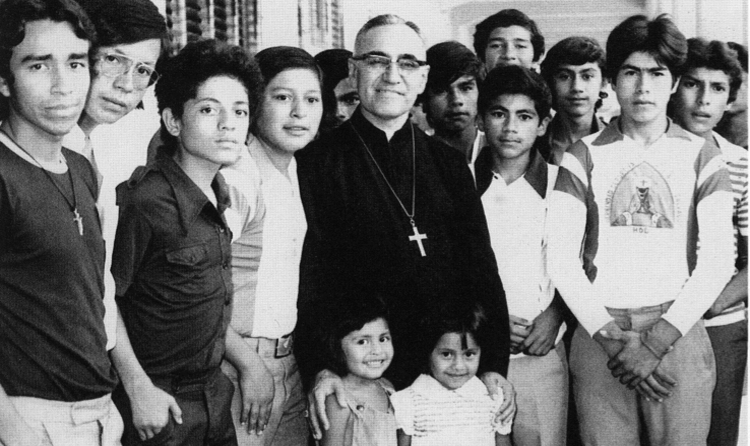
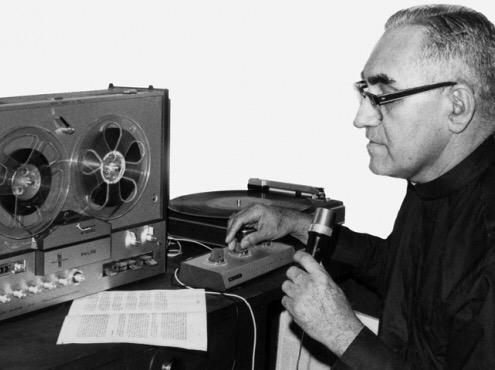 Archbishop Oscar Romero — El Salvador’s Most Trusted News Source
Archbishop Oscar Romero — El Salvador’s Most Trusted News Source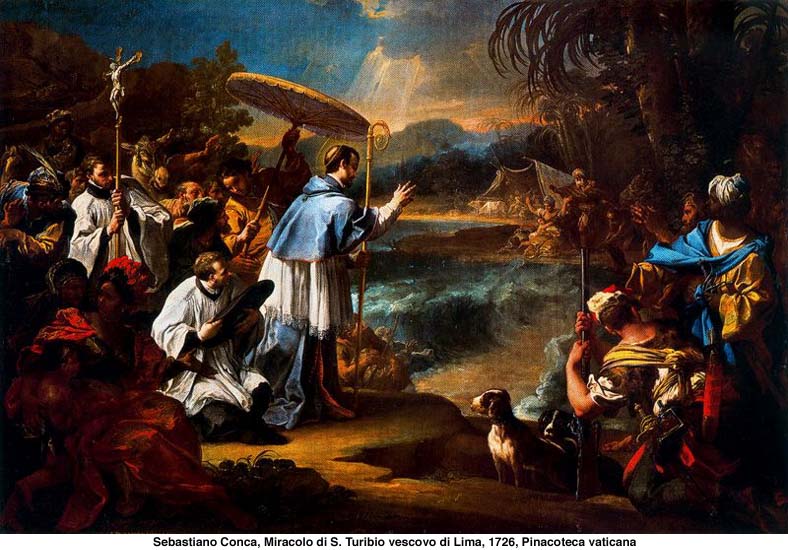 Saint Turibius of Mogrovejo (1538-1606)
Saint Turibius of Mogrovejo (1538-1606)